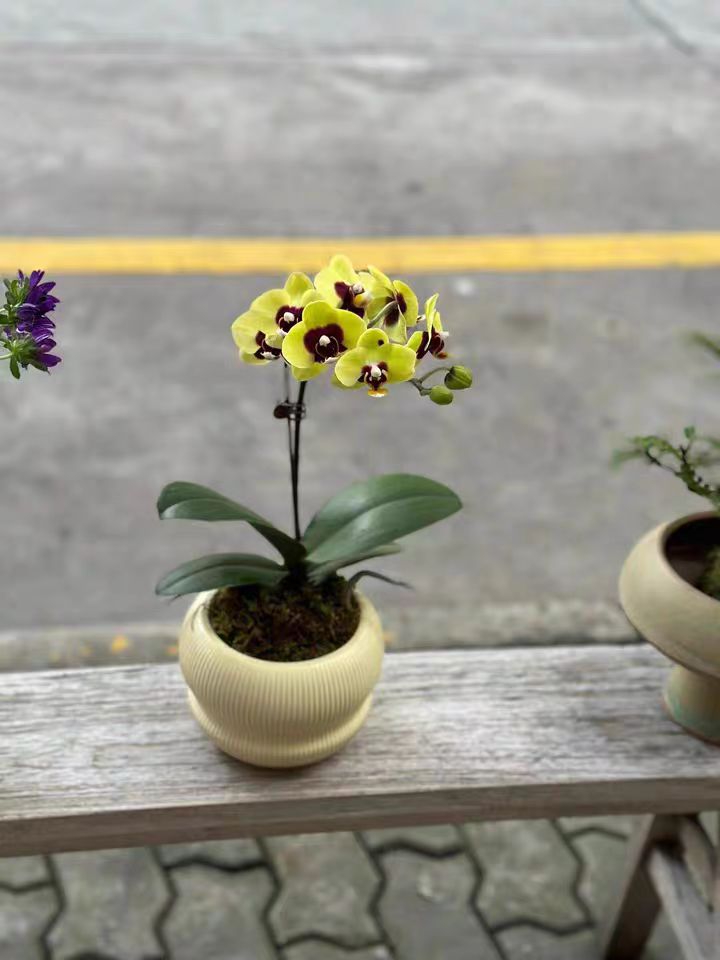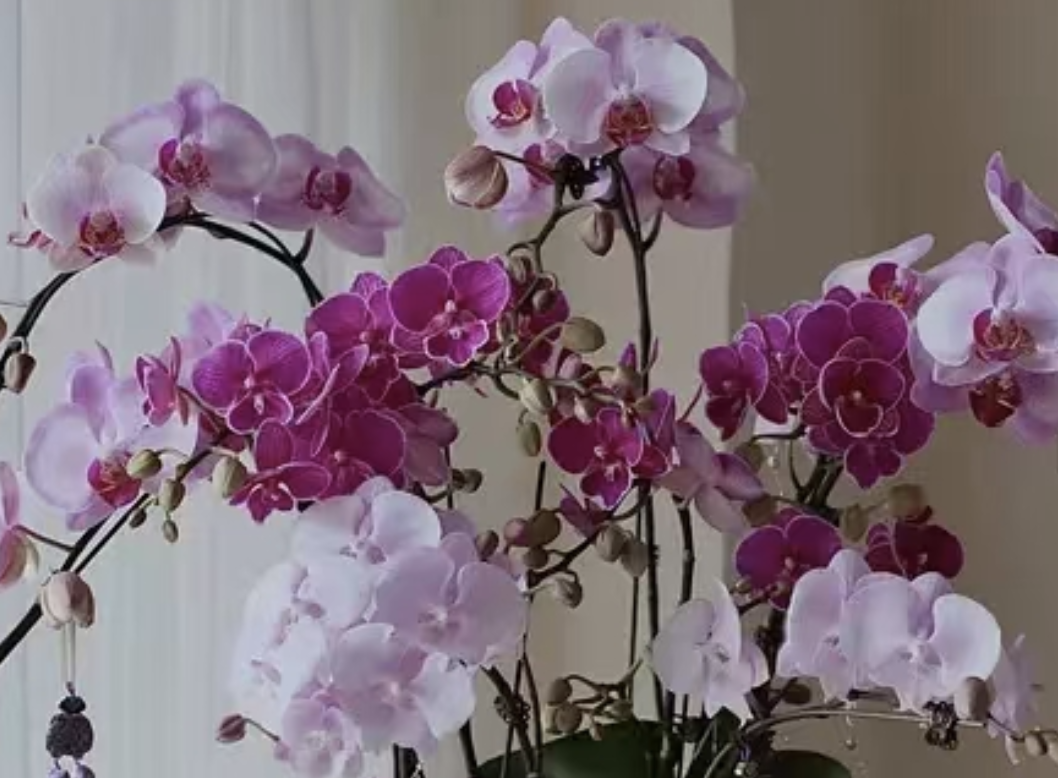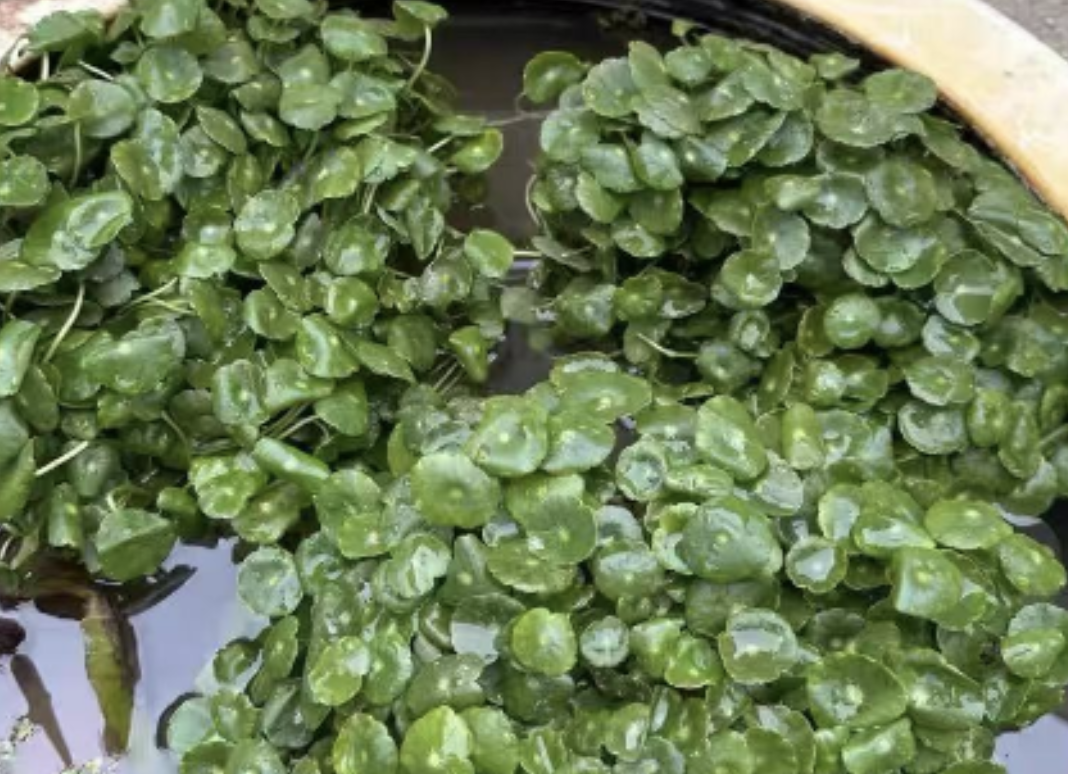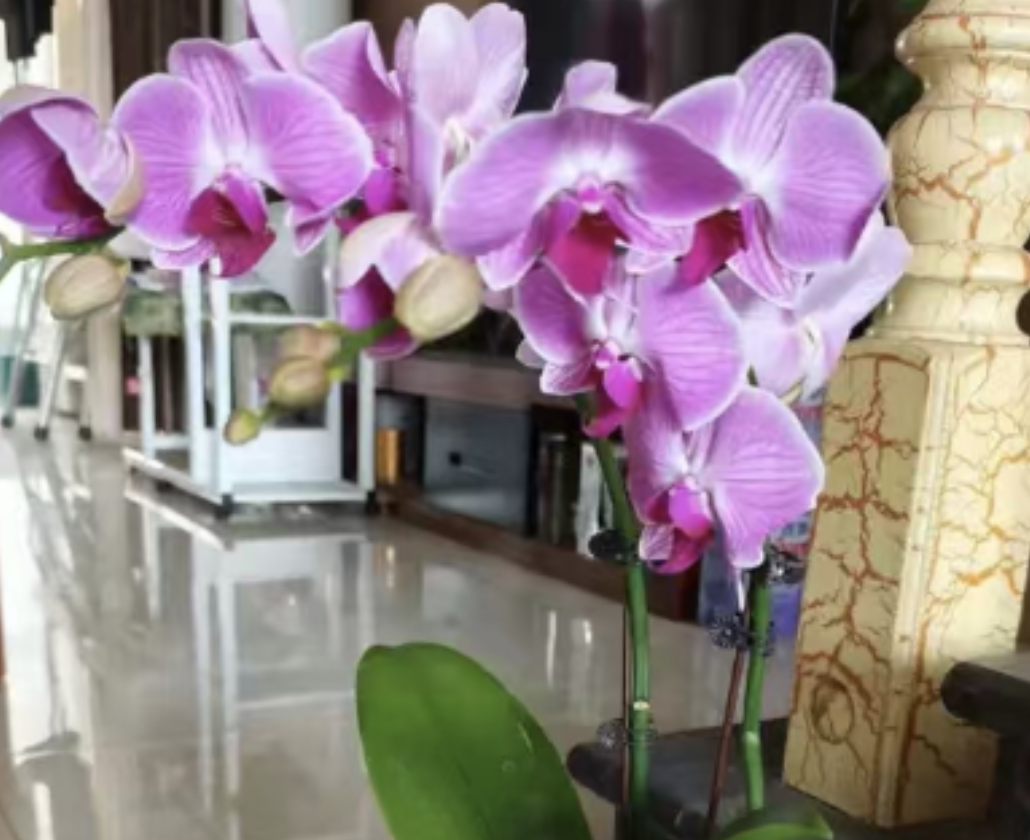Many flower enthusiasts know that sphagnum moss is needed for growing Phalaenopsis, but how much is appropriate? What problems will arise if too much sphagnum moss is used? Let's talk about these super practical flower - growing tips today!
Sphagnum moss has extremely strong water absorption. If you use too much of it, the pot will be like a "large reservoir". The roots of Phalaenopsis, just like us humans, need to breathe! With too much sphagnum moss, after watering, it takes a long time to dry out. The roots are always in a wet environment, which easily leads to root suffocation and rot. Once the roots rot, the Phalaenopsis will wilt, the leaves will turn yellow, and in severe cases, the whole plant will die. Moreover, too much sphagnum moss is also prone to breeding bacteria, such as soft rot, which will be very troublesome to deal with.
Is it all right to use a little less sphagnum moss? No! If there is too little sphagnum moss, the water retention capacity will not keep up. Phalaenopsis is a tropical plant and likes a humid environment. With less sphagnum moss, water loss is fast, and the root system is short of water for a long time, which will make it shriveled and wrinkled, and the growth of the plant will also be affected. The leaves become thin and soft, and not to mention blooming, even the basic growth will be a problem. In addition, if there is too little sphagnum moss, the effect of fixing the plant will be weakened. The Phalaenopsis will shake in the pot, the new roots will not be able to take hold, and the old roots will also be easily damaged.
So, when growing Phalaenopsis, the amount of sphagnum moss should be just right! Generally speaking, when repotting Phalaenopsis, first spread a thin layer of sphagnum moss at the bottom of the pot, about 1 - 2 centimeters thick, to play a drainage role. Then put the Phalaenopsis in, hold the plant with one hand, and fill the surrounding area with sphagnum moss with the other hand, gently compacting it so that the sphagnum moss wraps the root system, but do not compact it too tightly, leaving some space for ventilation. Fill it until the root system is almost covered, about 1 - 2 centimeters away from the edge of the pot. If the flowerpot used is relatively deep, do not fill it with sphagnum moss all at once. You can mix some bark in the lower half to increase air permeability.
The amount of sphagnum moss used also depends on the size of the Phalaenopsis. For small seedlings with weak root systems, do not fill the pot too full with sphagnum moss to ensure that the root system can stretch and not be suffocated. For large seedlings with developed root systems, you can fill a little more, but you must also be careful not to overdo it. Observe more after watering at ordinary times. If the sphagnum moss dries very quickly, it may mean that there is too little of it. If it doesn't dry for several days, it means you have used too much, and you need to deal with it quickly.
Although the amount of sphagnum moss for Phalaenopsis is a small detail, if it is handled well, it will be easy for the Phalaenopsis to grow new roots, sprout new buds, and even bloom profusely! Try these tips next time you repot!
What happens if you use too much sphagnum moss for Phalaenopsis?

Share with
Tagged in :




Leave a Reply